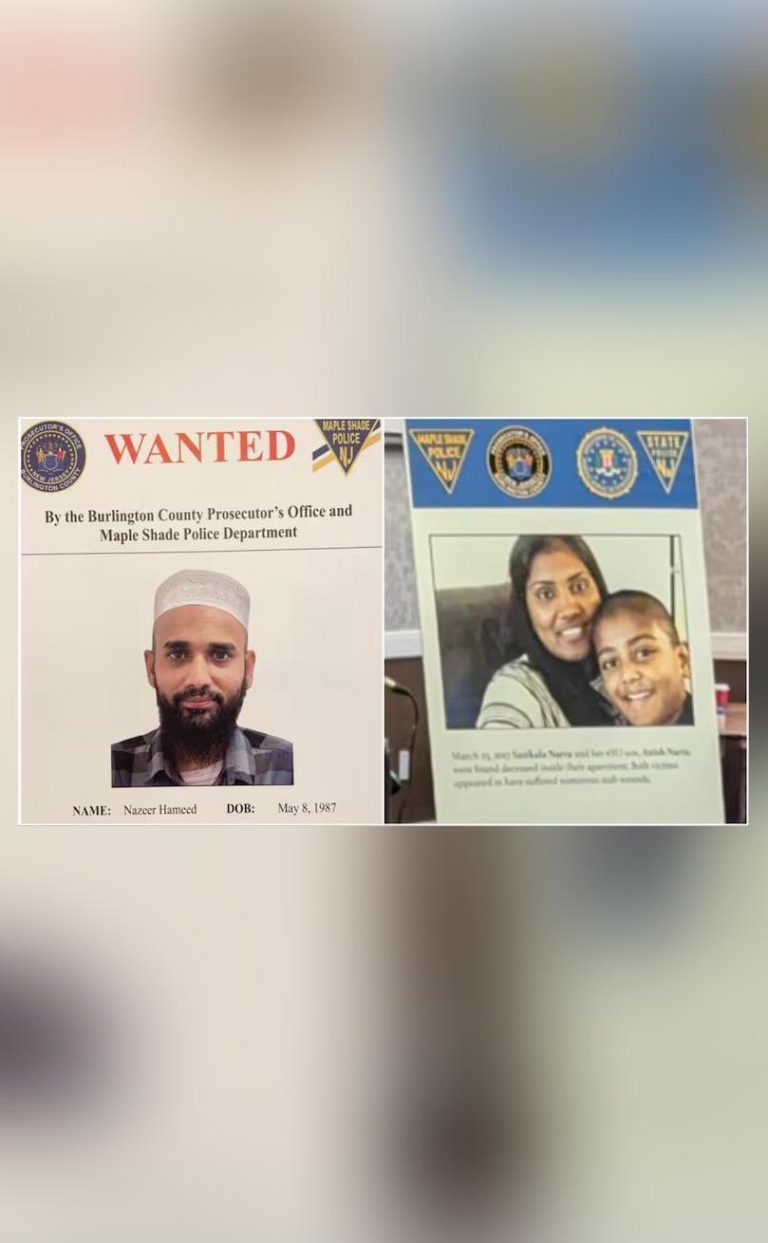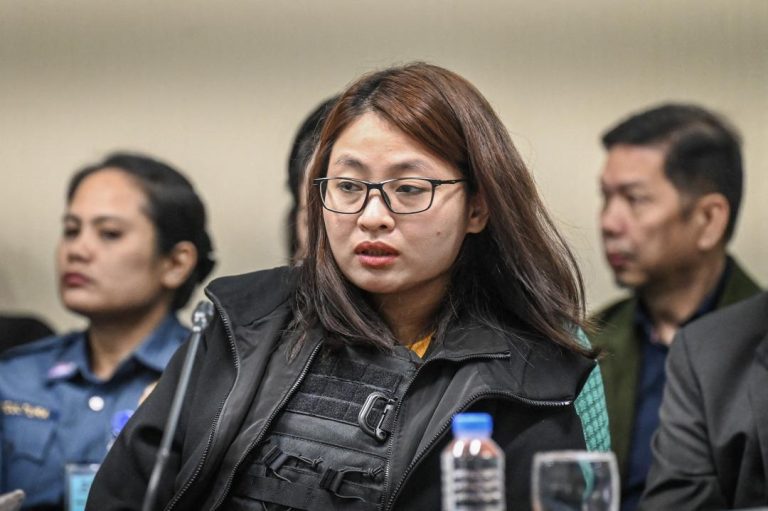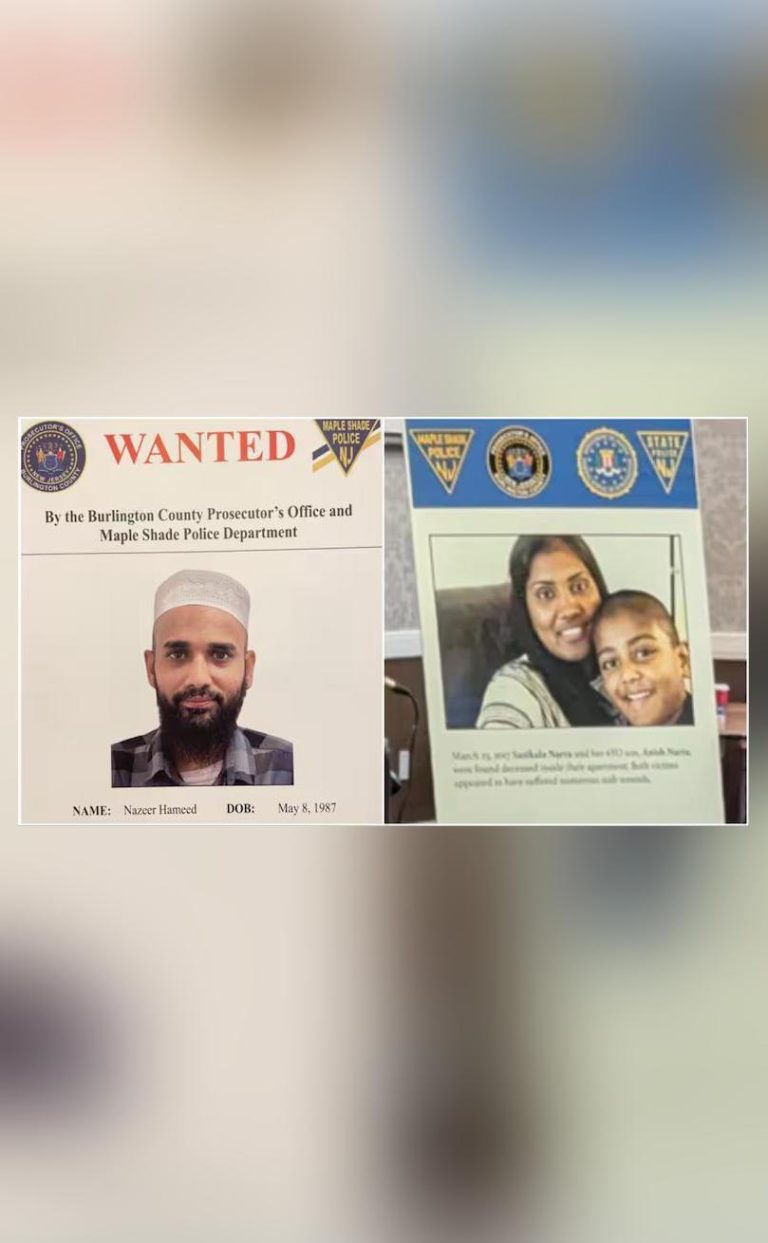
How have US police solved Andhra woman & her son’s murder after 8 years?
The murder of Sasikala and her son, which took place in 2017 in New Jersey, United States, had gone cold, leaving the family and the community in a state of shock and grief. The case had all the makings of a classic whodunit, with no leads, no suspects, and no motive. However, the recent breakthrough in the case has sent shockwaves across the nation, with the police finally cracking the code and identifying the suspect. The accused, Nazeer Hameed, an Indian man, was found to have a connection to the victim’s family, making the case even more intriguing.
The murder of Sasikala and her son took place on a fateful day in 2017, when the police found their bodies in their home in New Jersey. The initial investigation revealed that the victims had been stabbed to death, with no signs of forced entry or struggle. The police collected evidence from the crime scene, including blood samples, fingerprints, and other forensic materials. However, despite their best efforts, they were unable to identify a suspect or a motive, and the case went cold.
The case remained unsolved for eight long years, with the police following up on various leads and tips, but to no avail. The family of the victims was left to pick up the pieces and try to move on, but the wound of the tragedy remained fresh. The community was also left in a state of shock and fear, wondering how such a heinous crime could take place in their neighborhood.
The breakthrough in the case came recently, when the police received a tip about a potential suspect. The suspect, Nazeer Hameed, was an Indian man who worked with the victim’s husband and lived within walking distance of the victim’s family. The police obtained a search warrant for Hameed’s home and workplace, where they found a company-issued laptop that belonged to him.
The police sent the laptop to a forensic lab for analysis, where they found a DNA sample that matched a blood sample found at the crime scene. The DNA match was a breakthrough in the case, as it linked Hameed to the crime scene. The police then obtained a warrant for Hameed’s arrest, and he was taken into custody.
The police investigation revealed that Hameed had a connection to the victim’s family, as he worked with the victim’s husband. The police also found that Hameed lived within walking distance of the victim’s family, making it possible for him to have committed the crime. The investigation is still ongoing, but the police believe that Hameed acted alone in the commission of the crime.
The solving of the case has brought a sense of closure to the family of the victims, who had been waiting for justice for eight long years. The community is also relieved that the perpetrator has been caught, and they can now feel safe in their neighborhood. The case is a testament to the hard work and dedication of the police, who worked tirelessly to crack the case and bring the perpetrator to justice.
The use of DNA technology in the case was instrumental in solving the crime. The police were able to match the DNA sample found on the laptop to the blood sample found at the crime scene, which linked Hameed to the crime. The case highlights the importance of DNA technology in solving crimes, and how it can be used to catch perpetrators who think they can escape justice.
The case also raises questions about the motivations behind the crime. The police are still investigating the motive behind the murder, but it is believed that Hameed may have had a personal grudge against the victim’s family. The case is a reminder that violence can occur in any community, and that it is up to the police and the community to work together to prevent such crimes.
In conclusion, the solving of the case of Sasikala and her son’s murder is a significant achievement for the police, who worked tirelessly to crack the case and bring the perpetrator to justice. The use of DNA technology was instrumental in solving the crime, and it highlights the importance of this technology in modern-day policing. The case is a reminder that justice can be slow, but it will eventually be served. The family of the victims can now find some sense of closure, and the community can feel safe in their neighborhood.





